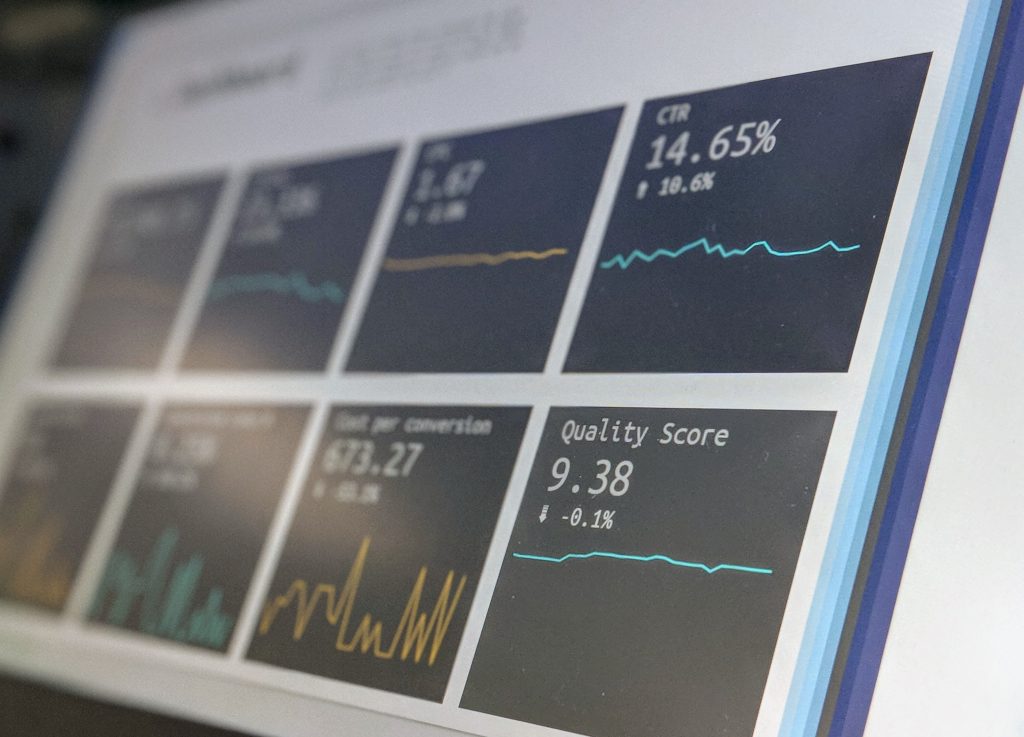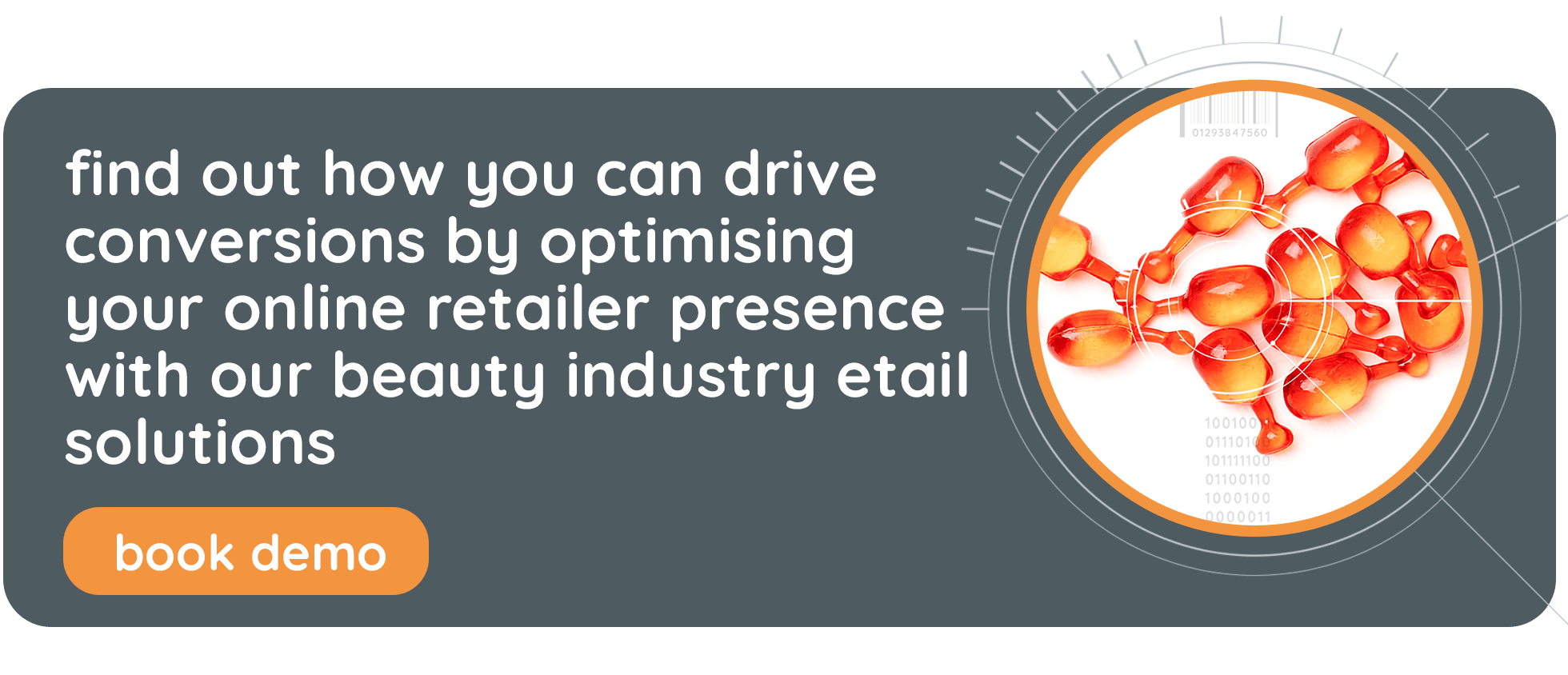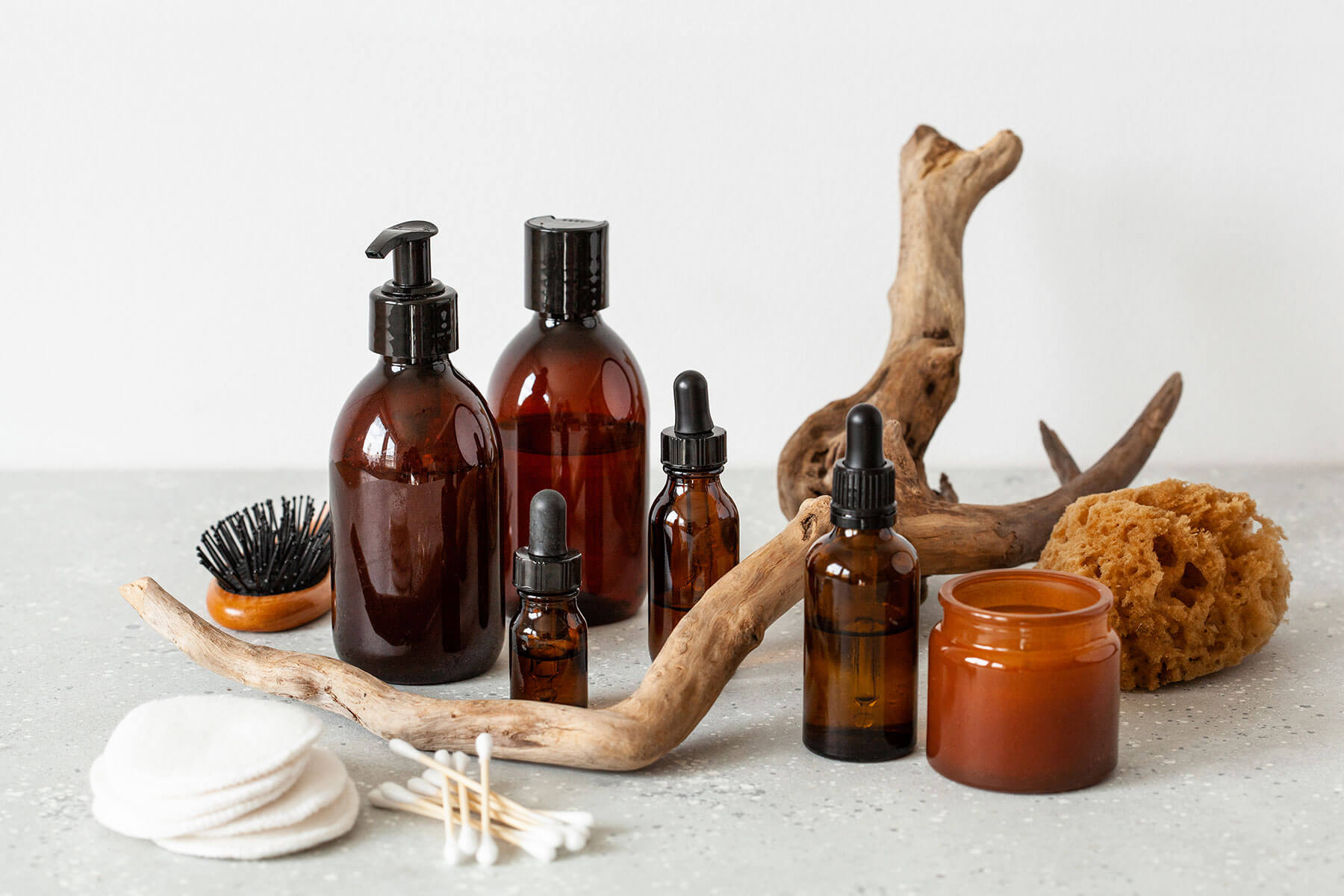For your online beauty business, your eCommerce strategy is your roadmap: it sets out what you’re going to do to maximise sales — helping you decide how best to use your resources and keep your marketing team on track.
So with your strategy in place, what happens next? This is where reporting comes in. Reporting involves tracking your progress, seeing what’s working (and what’s not) — and tweaking what you’re doing in response. Especially in the fast-moving beauty sector, customer behaviour and trends can shift quickly. Performance reporting keeps you in touch with what’s happening — ensuring your beauty business stays as fresh and relevant as ever.
So to help you with getting the most out of your eCommerce strategy, here’s a roundup of some reporting tools that can prove especially useful for any beauty industry marketer.
Beauty online reporting essentials: where to start
If your online beauty store is built around one of the popular shopping cart platforms (e.g. Shopify and BigCommerce), you usually get automatic access to some handy inbuilt reporting features. These are designed to help you keep track of visitor activity on your site; to see who’s buying what — and where those visitors have come from.
As a starting point, some of the most important areas to track include the following:
- Sales conversion rate: this is the proportion of visitors to your site as a whole (or to individual pages) who make a purchase. A rising conversion rate shows that you are attracting the right type of visitors to your site: i.e. those who are most likely to buy.
- Revenue by traffic source: let’s say that you are mostly focusing on a combination of paid ads, Facebook and Instagram to drive traffic to your beauty store. This metric can help show you which of these channels is sending you actual customers (as opposed to visitors who don’t buy).
- Shopping cart abandonment rate: in the online beauty sector, around 65% of customers place items in their basket without making a purchase. For many, it’s part and parcel of the browsing process. However, if your cart abandonment rate is much higher than this — or if it’s on the increase, it’s worth looking carefully at your checkout process to see if there are any obvious barriers that may be stopping customers hitting that ‘confirm order’ button.
Beyond the reporting functions on your website, there are plenty of tools out there designed to help you understand your online business – and the wider market better. Here are three of the most noteworthy examples…
SEMRush
What is it?
This is one of the best examples of a complete managing and reporting tool for your online store. It gives you instant reports and full visibility on traffic coming to your site from all channels (including social media). SEMRush also has plenty of tools to help you with keyword research: something that’s essential both for maximising the performance of your pay-per-click campaigns– as well as for optimising your content for it to rank higher in customers’ search results.
How can my beauty business use it?
In the beauty sector, a constant stream of new competitors is a fact of life. One of the big strengths of SEMRush is the insight it can give you on your rivals and the tactics they are using. This includes the ability to look in detail at any competitor’s website traffic and online performance.
Sprout Social
What is it?
Sprout Social provides a single platform for managing and keeping track of all your social profiles. You can view and respond to all messages sent to your social accounts via a single ‘Smart Inbox’. You can also use the Sprout Queue and ViralPost features to automatically schedule your social posts to reach your audience at the times when engagement levels are likely to be at their highest.
Social Sprout features a full reporting suite for tracking metrics such as engagement rates and reach. You can analyse your strategy on a post-by-post basis to help you work out what type of content is driving the most engagement, views and click-thru to your main website.
How can my beauty business use it?
Your social pages are likely to be among the biggest drivers of traffic to your online beauty store — which makes social reporting a vital element of your ecommerce strategy. This type of ‘one stop’ platform can make this a lot easier.

BuzzSumo
What is it?
To keep your inventory and your content as appealing as possible, you need to know what’s on your customers’ minds. This is where a tool like BuzzSumo comes in: delivering insights on what’s trending and what’s being shared, right across the Web.
How can my beauty business use it?
Many of your style-conscious beauty customers will be keen to ‘shop the look’. They are open to exploring the latest trends – and if your brand is able to help them do this, you have a valuable opportunity to boost your sales. From simple additions to your product descriptions through to ideas for Instagram posts and YouTube videos, you can use this type of tool to tailor your content and always stay relevant.
Get beauty-focused reports at your fingertips
To help you make the most out of your reporting, our dedicated eCommerce monitoring and analysis platform, mmi etail, allows you to monitor pricing, compile real-time reports, and assess competitor insights to help you deeply understand your market — and create successful product and channel marketing strategies.
If you’re interested in finding out more about how you can stay on top of your performance with mmi's etail solutions, request a demo today. Or if you’re interested in learning more about the latest in marketing, head back to our blog for more insights.






